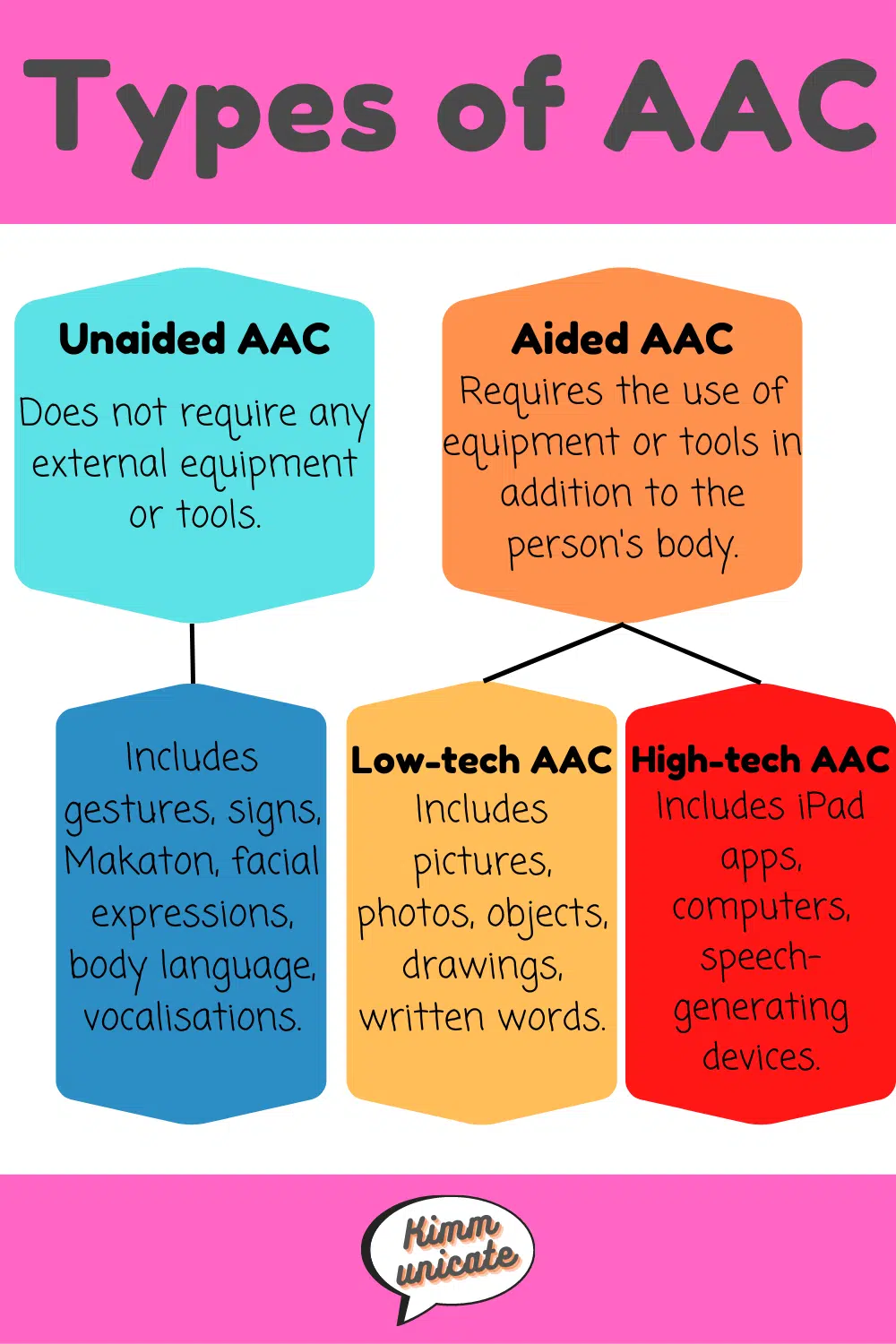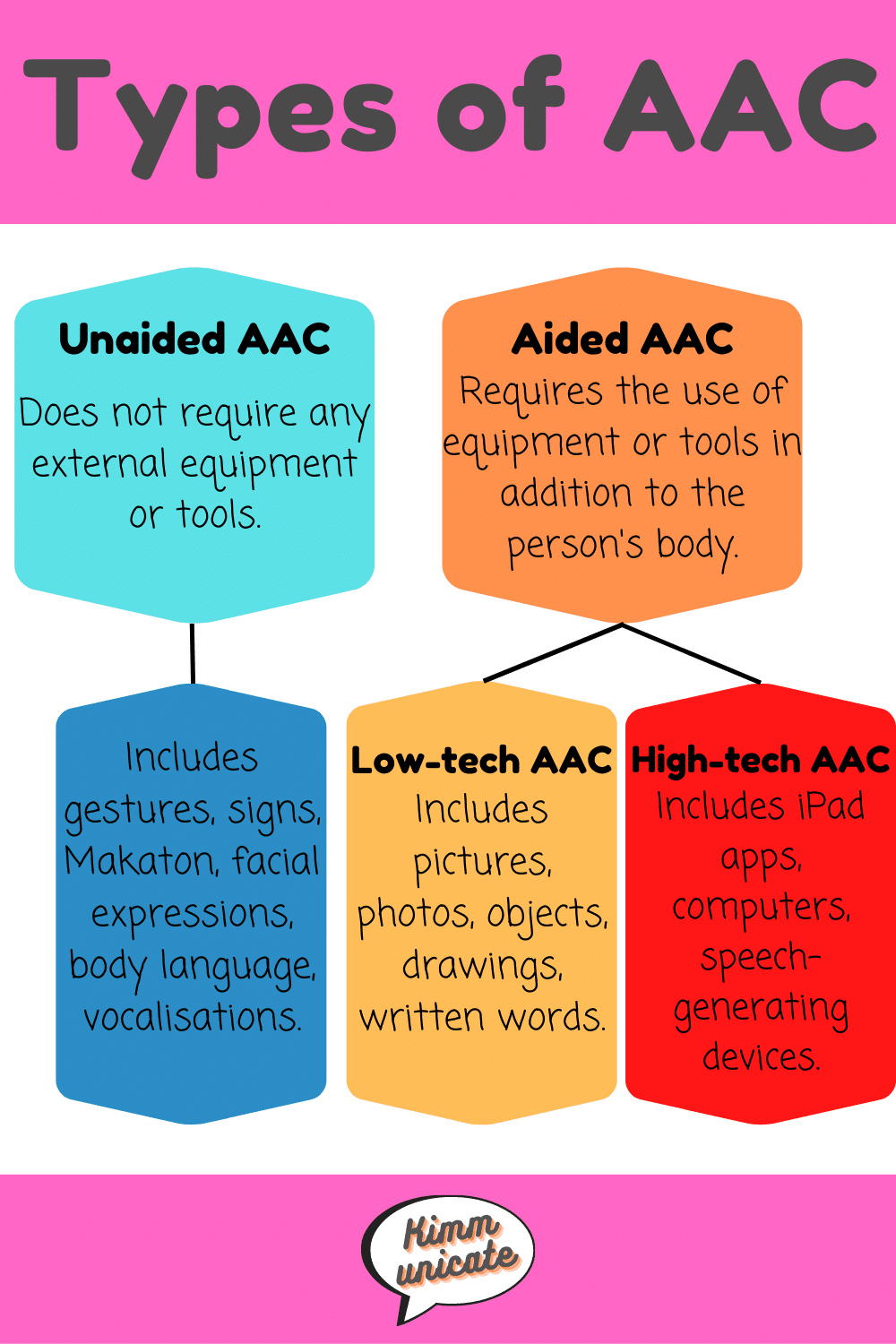Meet Susie, a girl with a developmental disability who faces challenges with speaking. Alternative communication has played a crucial role in helping her express herself and interact with others. Here’s how it has made a difference:
- Picture exchange: Susie uses a picture exchange communication system (PECS) to communicate her needs and preferences. She can select pictures of food, toys, and other items to make requests.
- AAC device: At school, Susie uses an augmentative and alternative communication (AAC) device. It has pre-programmed phrases, sentences, and a typing feature, enabling her to communicate with classmates and teachers.
- Sign language: Susie learned American Sign Language (ASL) to communicate with her deaf cousin. They enjoy using sign language to have conversations and learn new signs together.
- Social stories: Susie’s teacher creates social stories to help her navigate social situations and manage her emotions. These stories guide her on how to calm down and express her feelings constructively.
With alternative communication, Susie has gained the ability to express herself, make friends, and actively participate in classroom activities. Her confidence and independence have soared, bringing joy to her family and teachers. Alternative communication truly makes a world of difference.
For children with developmental disabilities, Goally offers a valuable solution. It’s a tablet that incorporates AAC and other learning apps, providing interactive and gamified activities to help children build essential life and language skills.













